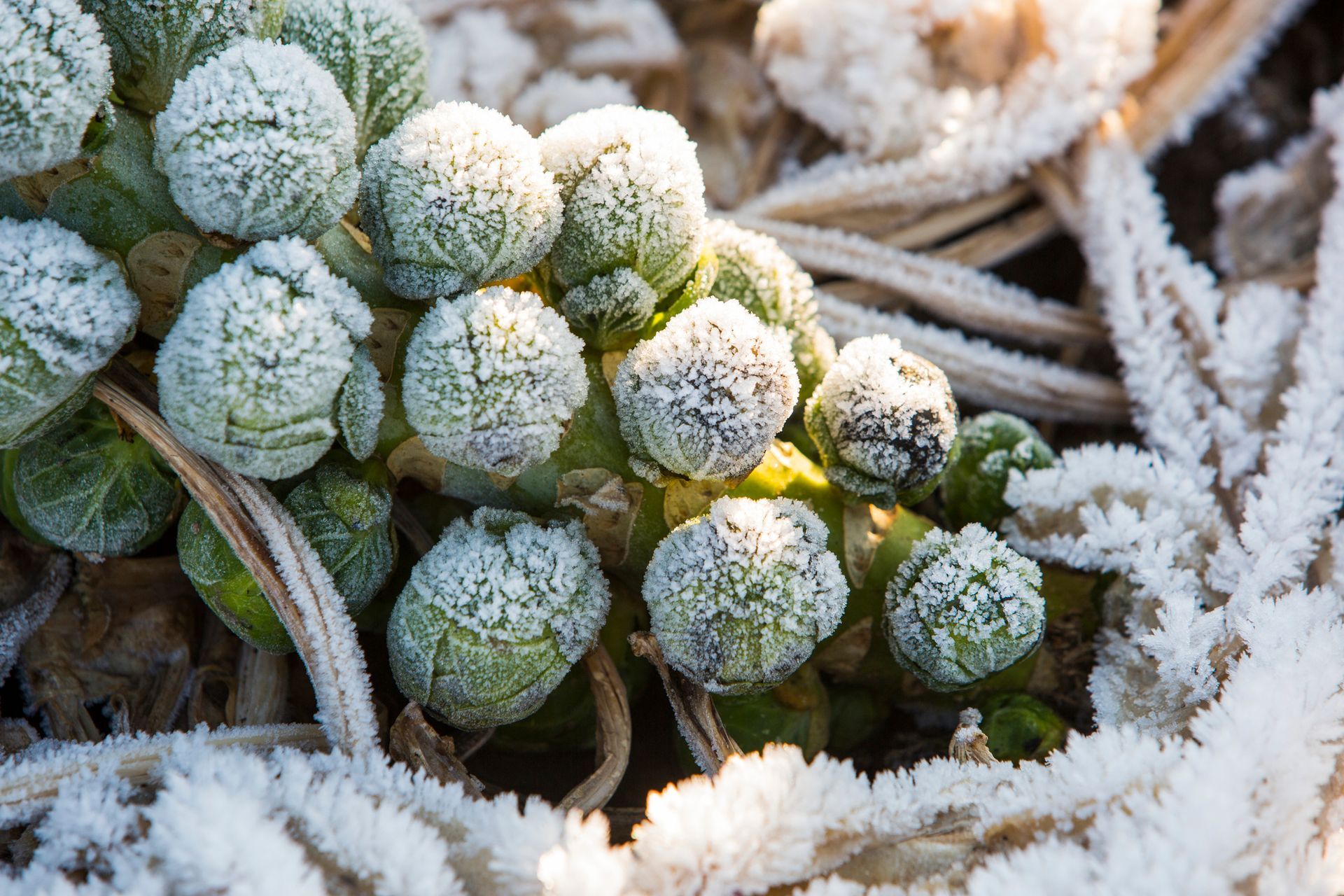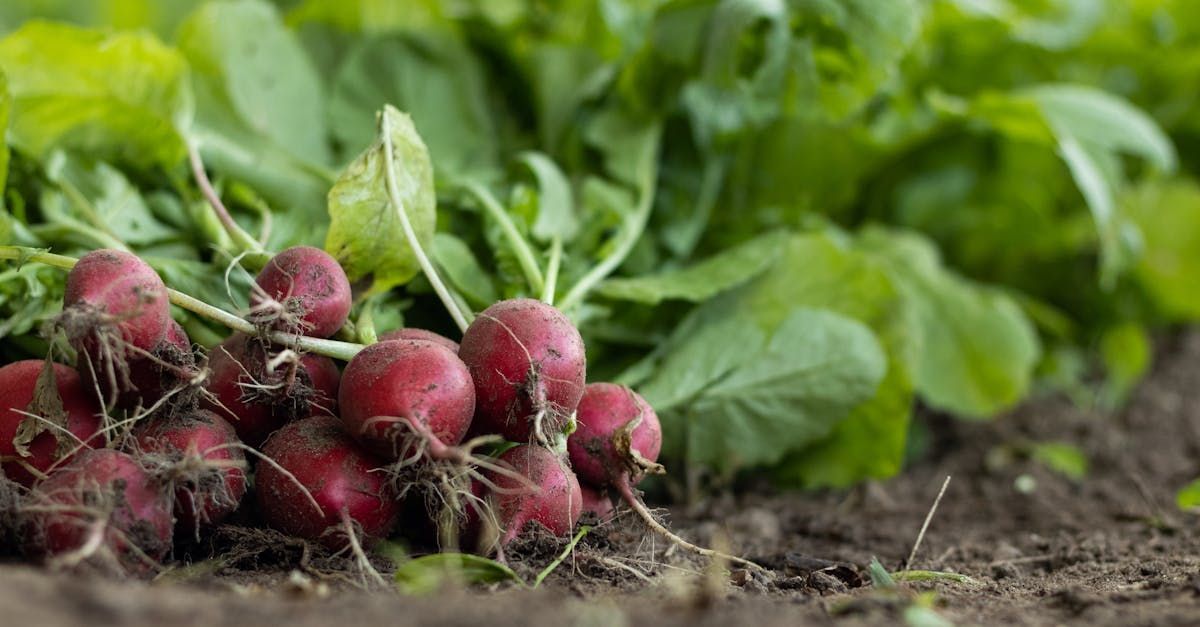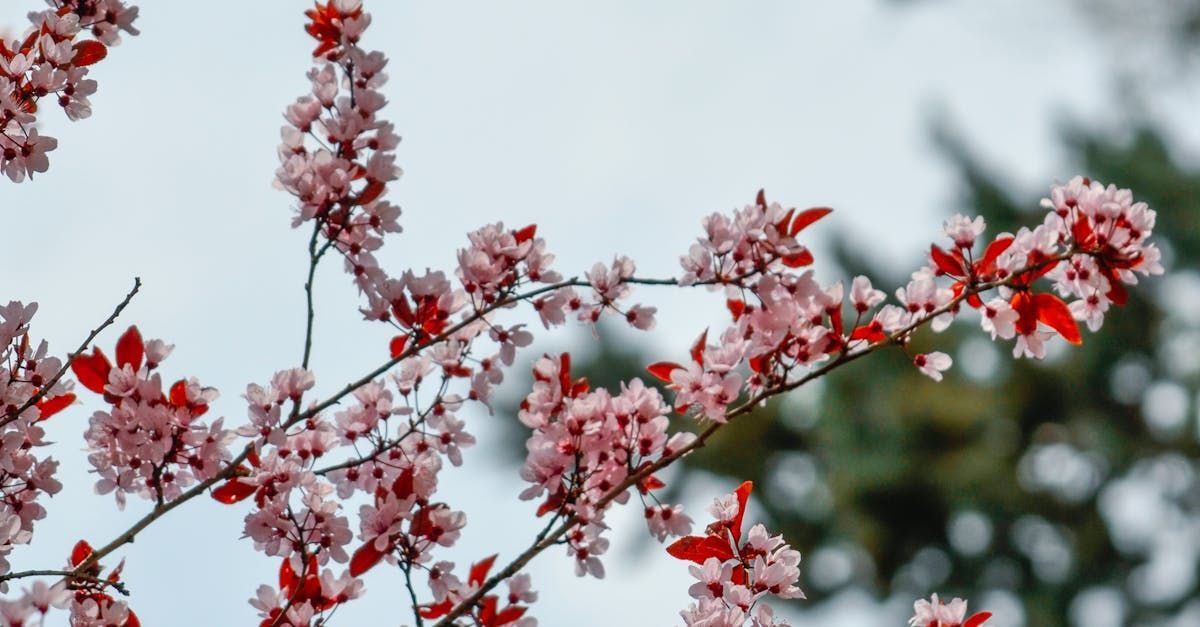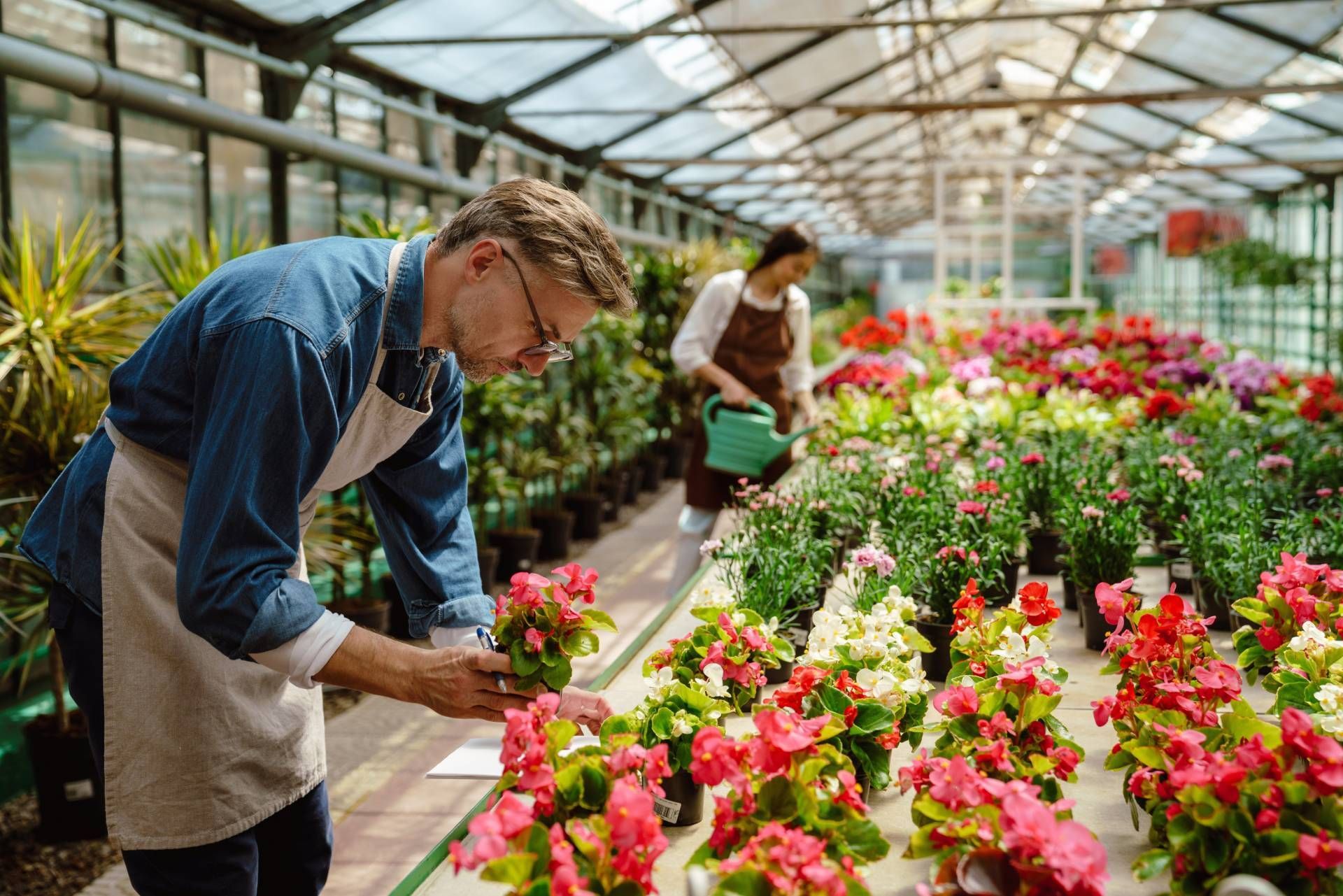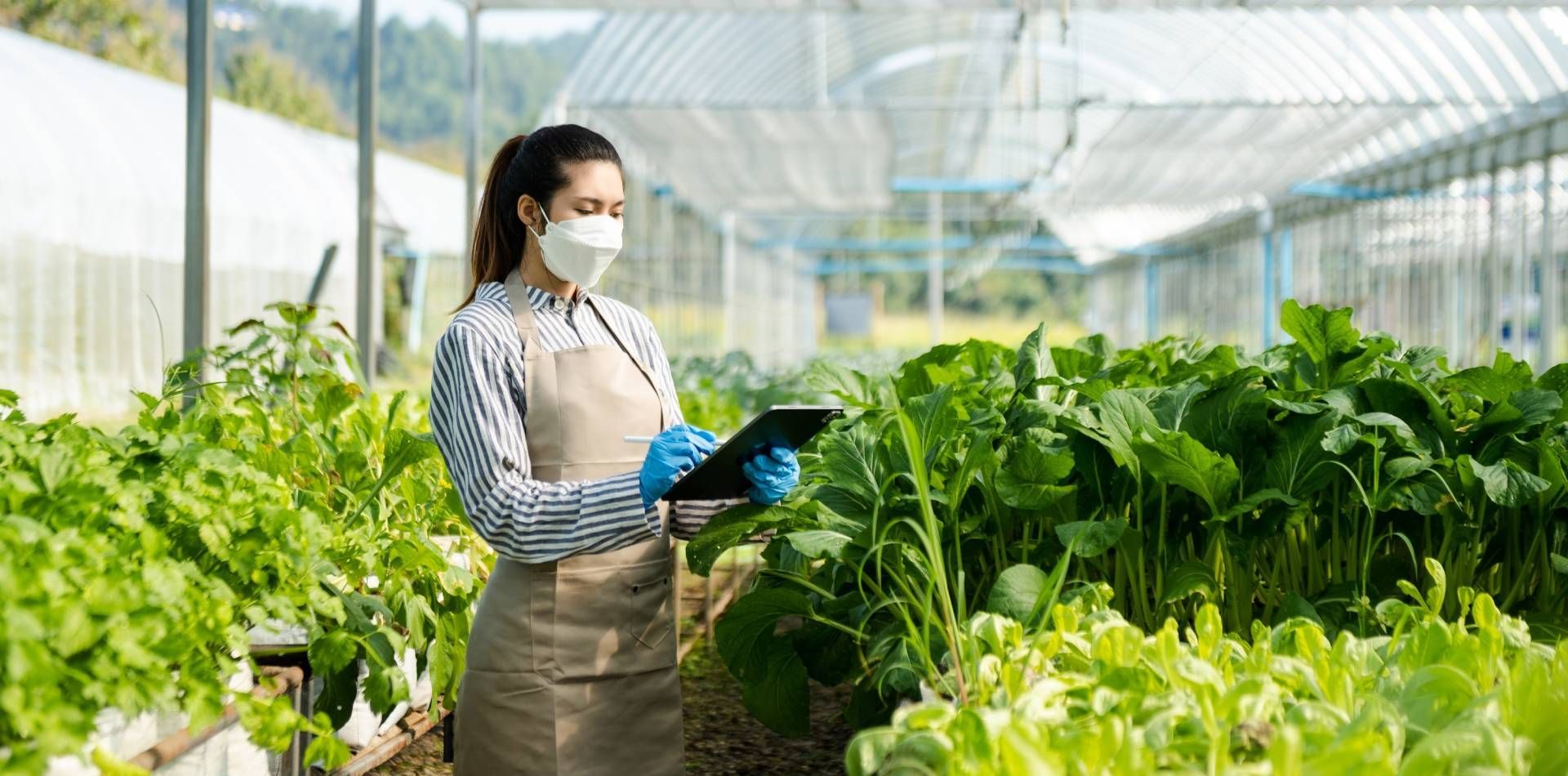What is the difference between a biostimulant and a fertilizer?
Stefano Di Pietro • 15 febbraio 2021
Apparently there should be no difference between a fertilizer and a biostimulant, however although both are important for plant health and life, they have substantial differences.
The first, obvious difference is the quantity that is used: a dozen kilograms of biostimulants can be enough to nourish and protect an entire hectare of land, while in the case of fertilizers, much higher quantities might be required.
The second, more substantial, difference is their action on plants which is qualitatively more complex than that of traditional fertilizers and deserves greater attention.
What biostimulants do differently from fertilizers
Fertilizers play an extremely important role in cultivation as they allow to restore the substances that plants use as nutrients, but it is also a very simple task. Often it is not even necessary to dose the quantity of organic fertilizers since it is the soil itself that absorbs and synthesizes them thanks to the presence of microorganisms and its permeability.
Biostimulants, on the other hand, have a direct and substantial effect on the entire metabolism of the plant, providing it with everything necessary to quickly activate immune responses in the event of threats or improve passive resistance to stress, cold temperatures or drought. To make a simple comparison, these are real supplements that optimize the absorption of nutrients and can also promote growth. All in a natural way and without any risk for the crops, as long as you faithfully respect the dosages and indications of the experts.
What are the most common biostimulants?
The use of biostimulants is not a novelty of modern times, but a practice known and practiced even in antiquity. In fact, there is evidence of the use of algae-based extracts in pre-Andean Peruvian and Chilean populations, while the Roman historian Lucio Columella left clear evidence of his agricultural methods.
The studies of the last few decades are services only to confirm what expert farmers have always known: algae have many beneficial properties and are suitable for use with virtually any crop.
The success of these substances and their many undeniable advantages over traditional pesticides has led to many studies and the creation of specific products for each situation, prepared simply by controlling the drying and fermentation of the active ingredients.
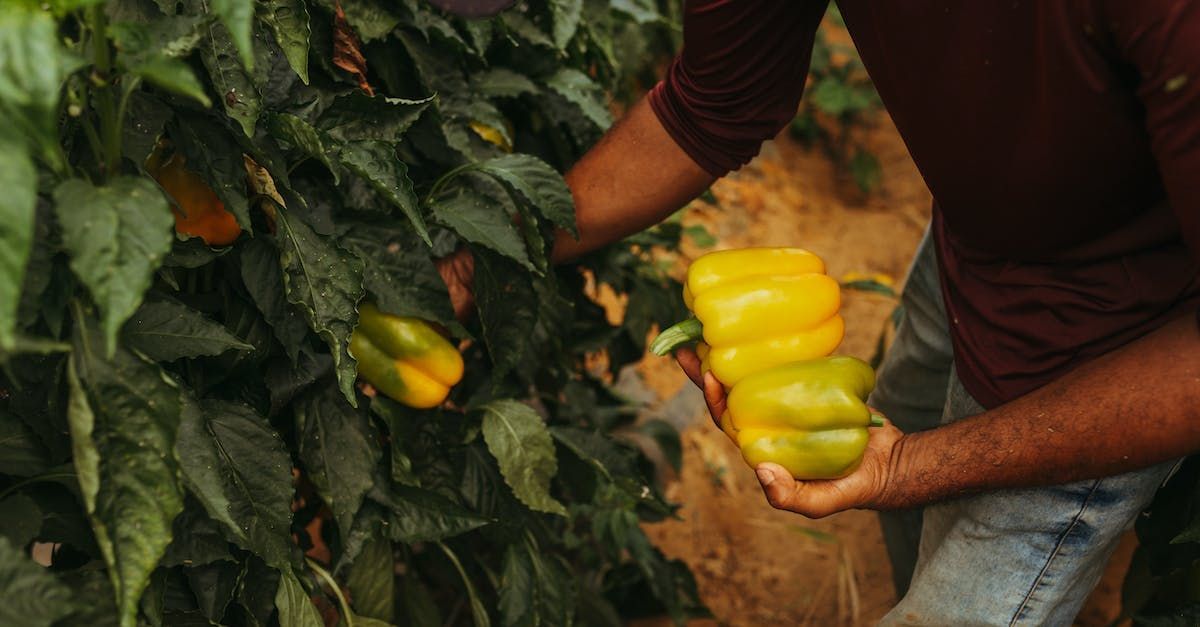
La shelf-life, ovvero il periodo di conservazione dopo la raccolta , è un fattore fondamentale per la qualità e il valore commerciale di frutta, verdura e fiori. Fortunatamente, esistono diverse strategie che, applicate già durante la coltivazione, possono aumentare significativamente la shelf-life dei vostri prodotti, riducendo le perdite e garantendo un raccolto fresco e appetibile per un periodo più lungo.

L'adozione di pratiche di concimazione mirata e l'utilizzo di prodotti di precisione non solo portano benefici ambientali, ma anche vantaggi economici per chi lavora la terra La riduzione degli input di fertilizzanti non solo preserva la salute del suolo e dell'ecosistema circostante, ma aiuta anche a contenere i costi di produzione.

Integrare i prodotti biologici e di origine vegetale nella vita quotidiana è più accessibile che mai. I mercati a chilometro zero, i negozi specializzati e persino i supermercati tradizionali offrono una vasta gamma di opzioni che consentono a chiunque di abbracciare uno stile di vita più sano e sostenibile.








